How to Protect Knees While Opening Hips in Yoga? Yoga is a wonderful practice that enhances one’s physical flexibility, strength, and mental sharpness. One of the aspects that yoga mainly works on is hip mobility, which increases one’s range of motion and helps in relieving stress. However, it is not uncommon to feel strain or pain around the knees while performing yoga poses that encourage opening of the hips. Knees are also weak joints which need to be protected and not abused particularly in cases where such bends as deep hip openings are applied. In this article we shall delve into the various ways you can achieve your hip opening goals in yoga without straining or damaging your knees so that you are able enjoy the practice.
1. Understanding The Relevance Of Knee Protection In Yoga Practice
The knee is a hinge joint located between the femur (thigh bone) and tibia (shin bone). These joints are held in position and supported through the ligaments, tendons and muscles, which can predispose them to injury if not positioned well and protected during yoga. During hip-opening poses, the wear and tear placed on the knees is quite high, particularly when the hips are not well aligned or are too tight.
With or without precautions, the knees can be easily sprained or ligament tears caused as a result of prolonged bending. Such injuries would make it difficult to bend and straighten the knees without pain in the affected leg. At all times, it is essential to concentrate on maintaining the appropriate posture and the safety of the knees during the entire course of practice to avoid these hurtful conditions.
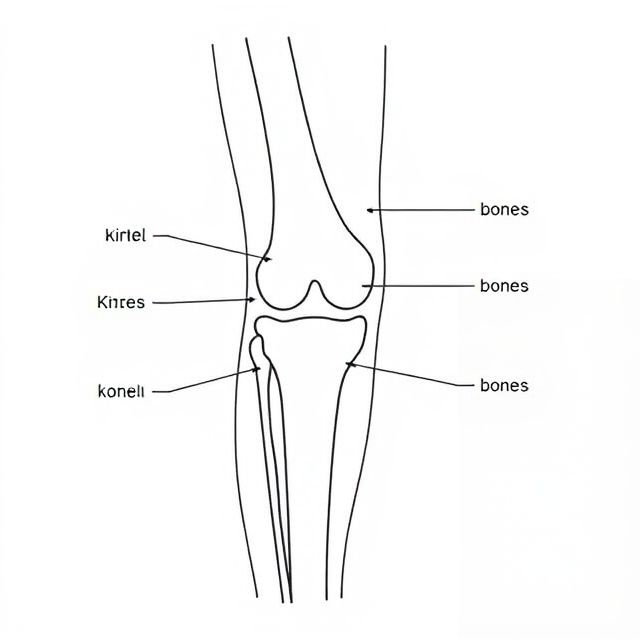
2. Warming Up the Body Before Committing to Any Hip-Opening Yoga Postures
Last but not least, it is important to always warm up the body and joints to prepare them before performing any intense stretching, more so the hip opening poses. A warm-up is important as it prepares the muscles and joints and reduces the risk of injuring the knee by performing deep stretches. Remember the hip flexors, quads, glutes, hamstrings and lower back should be warmed up.
Warm up poses can offer satisfactory results and include:
- Marjaryasana-Bitilasana (cat-cow pose): The motion enables the user to engage the spine as well as the hips in a warmer and pleasant manner.
- Low Lunge (Anjaneyasana): Stretch that is done gently for the hips and thighs but also helps in the warming up of the knees.
- Leg Circles: This involves a back lying on the floor at supine posture and using one leg rotates it around the hip joint.
These few to ten minutes of warm up will help ready the body for deeper hip stretches to be done with added ease as well as without much stress on the knees.
Tip: During warm-up, make sure you always advance slowly and with caution to avoid over-stretching yourself.
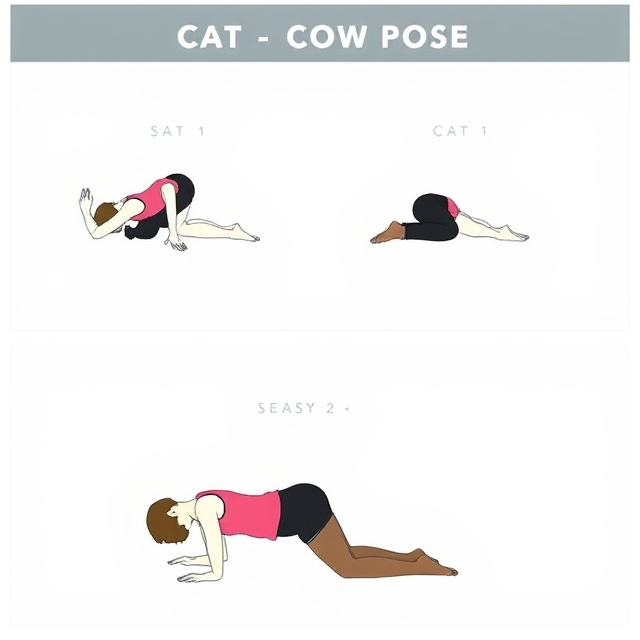
3. Alignment is Key to Knee Protection
Knee protection mandates the preservation of proper positioning of the body parts in yoga and more so on the practices that require hip opening. Most often, when the hips are misaligned, the knees will strain because they are asked to function when the hips are not in the right position and so the knees and hips should be aligned.
Particular aspects of alignment that are important include the following:
– Knees in line with toes: In standing exercises, such as Warrior II or Goddess pose, the knees should always remain on the same line as the toes. If the ninety-degree bent knee condense inwards, undoing the position can lead to stress.
– Support the knees: In some sitting positions such as in the Butterfly or Pigeon Pose, use blocks or blankets to prevent these knees from extreme strain or stretching.
- Rather than trying to increase the range of motion by forcing it: Use the muscles to support the joints. For instance, in Lunges, the thigh and glute muscles can be activated to take away pressure from the knees.
Always take note of your body and make any required adjustments to your alignment if there’s any discomfort or pain within your knees.
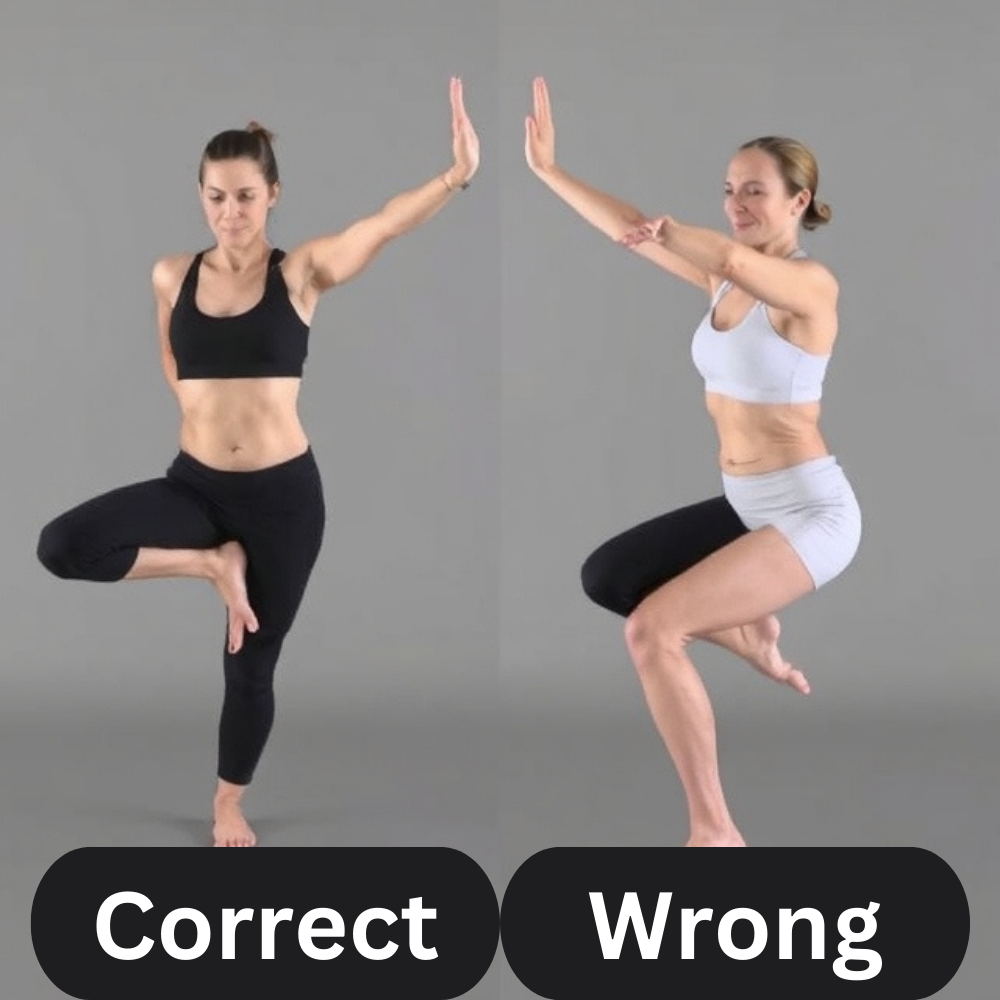
4. Adopt use of aids that relieve stress on the knee joints
It’s worth noting that other aids, particularly yoga blocks or bolsters and blankets, are very effective when used in such poses that require the opening of the hips for relieving the knees. They serve to bear the weight of the body and prevent excessive extension and or stress.
Here is how you shall engage props while attempting knee support:
- Pigeon Pose (Eka Pada Rajakapotasana): Put a folded blanket or block under the hip of the bent leg. This raises the hips and helps lessen the tension which the knees endure.
- Butterfly Pose (Baddha Konasana): In the Event you Can’t Lower Your Knees Close To The Floor, Then Please Place Blocks Or Bolsters Under Your Thighs. This prevents stress upon the inner knee ligaments.
- Low Lunge (Anjaneyasana): For the back knee, kerb or cushion back knee with a folded blanket. This reduces the amount of pressure on the knee.
The potential of props is not an indication that you cannot execute the pose properly; it is an indication that you are attending to your body’s interests.
Tip: Always remember and pay attention to your body. If there is discomfort in your knees, feel free to use any props as additional support.
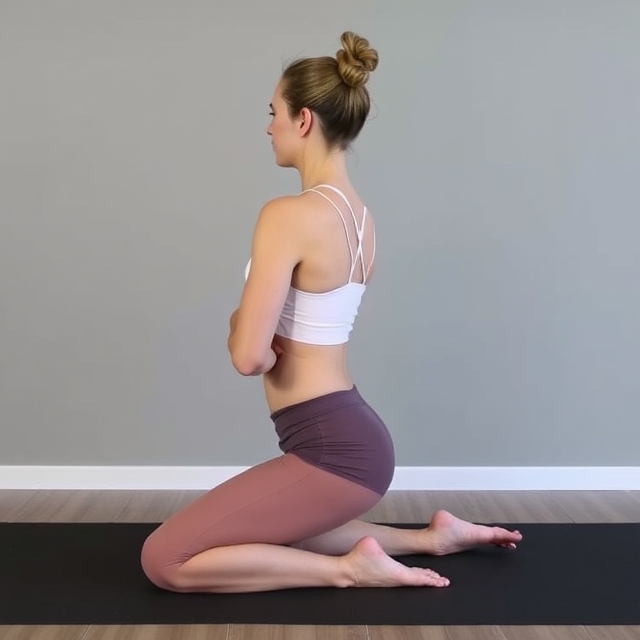
5. Adjust the Poses When Indicated
Flexibility is at a different level for every individual and that is perfectly fine. Instead of making the body to stick in the pose, go for some kneefriendly alternatives. For example:
- Half Pigeon Pose: This pose (Reclined Figure-Four Pose) is incredibly handy when the conventional Pigeon Pose is placing too much strain on your knees. The hips are opened in this pose but no at all weight is born on the knees.
- Seating with Legs Straight without East Indian Style: When we are required to sit, instead of sitting cross-legged, it is suggested to sit with legs extended straight. This causes less stress to knees but still provides a good stretch to the hips.
In case of any doubts regarding the posture, it is advisable to alter the Asana instead of taking chances with one’s health.
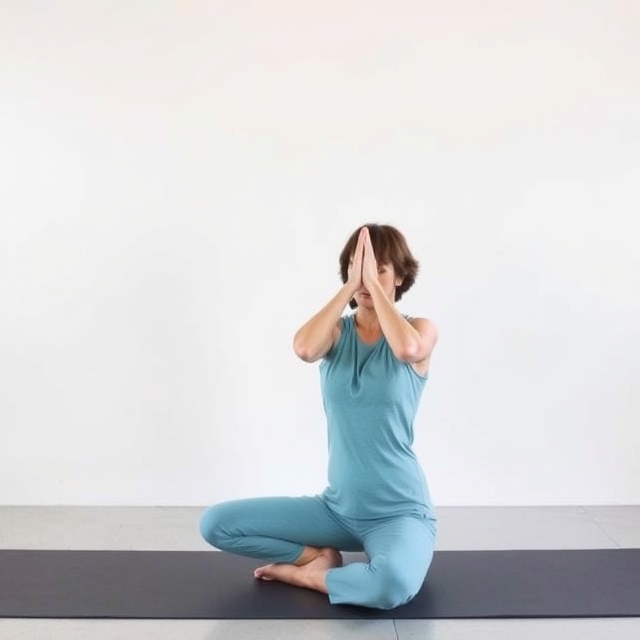
6. Engage Gluteal Muscles and Other Muscle Support in Their Surrounding Area
Having robust supporters around the hips, thighs, and buttocks, difficult physical activity poses less risk to the joints, particularly the knees. Always make it a point to include strength training to your yoga bearings as a way of safeguarding knees more.
Here are several poses designed to target around the knee muscles:
- Chair Pose (Utkatasana): Activates the thighs, gluteals and calves to contribute to knee integrity.
- Bridge Pose (Setu Bandhasana): Targets the glute and hamstring muscles important for knee support.
- Warrior III (Virabhadrasana III): Tones the complete leg assisting equilibrio and stability of the knee joint.
Toning these structures mitigates any injury during yoga practice and even while performing other forms of exercise.
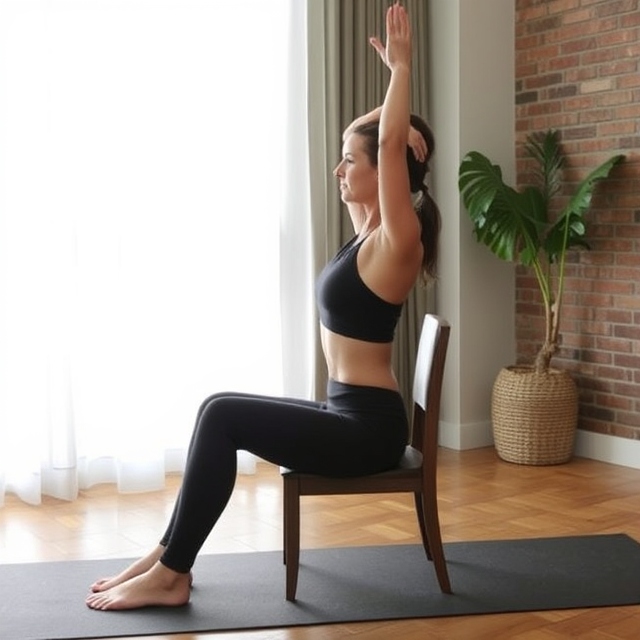
7. Pay Attention to the Boundaries of Your Body
Injuries are often inflicted during yoga when proceeds too far instead of the opposite. This is by far more obvious where the behavior involves the knees and such other extra sensitive joints. Moreover, it’s necessary to allow the body’s limitations to be observed.
Make modifications to the pose and ease off if there is discomfort. Pain means that there is something thick going on, so do not disregard it.
Also, you do not need to get into the most advanced version of the pose at once. Yoga is a process, and improvement takes time and effort. Do not fold your body as deep as you can but think about your own safety first.
Tip: The frequency of workouts is more significant than their intensity. Routine mild stretching will enhance the range of motion in the knees over time without exposing them to stress.
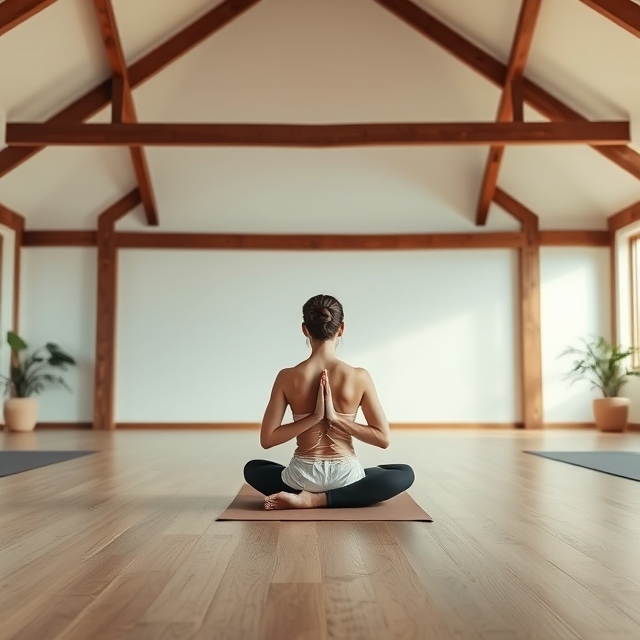
8. Have a Rest at the End of Your Practice Rehearsal
Rest and let your body and knees recover after a set of hip-opening poses. Conclude your yoga class with some of the poses that are restorative in nature and help the body de-tension.
The following are some relaxation poses that are quite good for the purpose of relaxation:
- Chid’s Pose (Balasana) – It is a restful posture in which the hips gently opens up while resting the knees.
- Savasana (Crucifix Pose) – Position of lying supine on one’s spine lets every part of the body, knee included, to rest.
When Poses and no movement is adopted after workouts, it ensures that recovery patterns are well adopted without any strains or injuries that would impair the movement range of the knees, in order to preserve their ability to perform well in the next sessions.
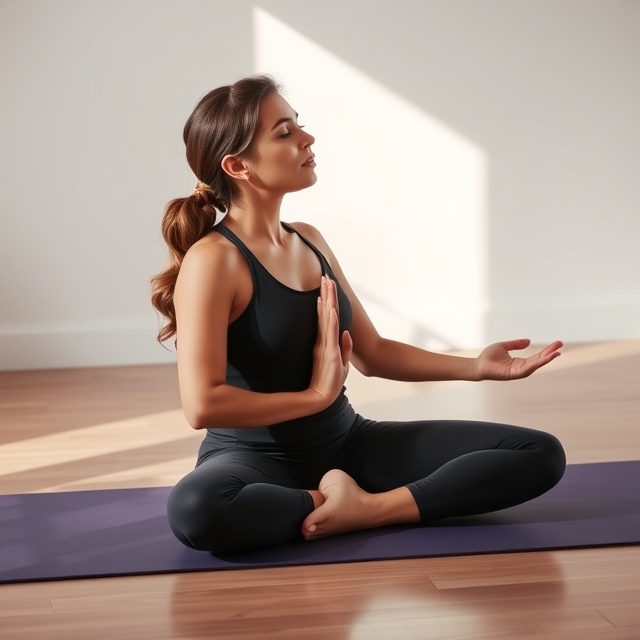
While yoga can be quite effective in increasing flexibility and working on the hips, knee protection should be paramount during such practices. When hip opening yoga poses are performed with proper body mechanics, the use of support, the surrounding muscles are strengthened and respect is given to the particular limits of the body, the benefits of these poses can be enjoyed without the risk of knee injuries.
Pay attention to your body, adjust when necessary and do not rush the practice, it is essential to bear in mind. Thus, you are in a position to practice knee as well as hip supporting yoga safely and effectively.
